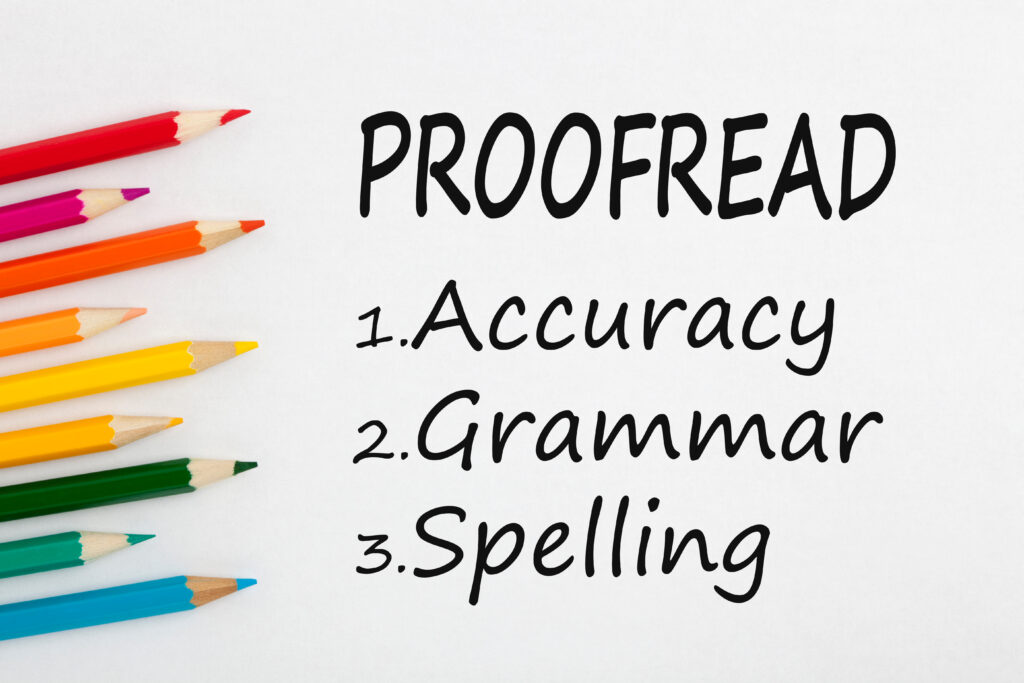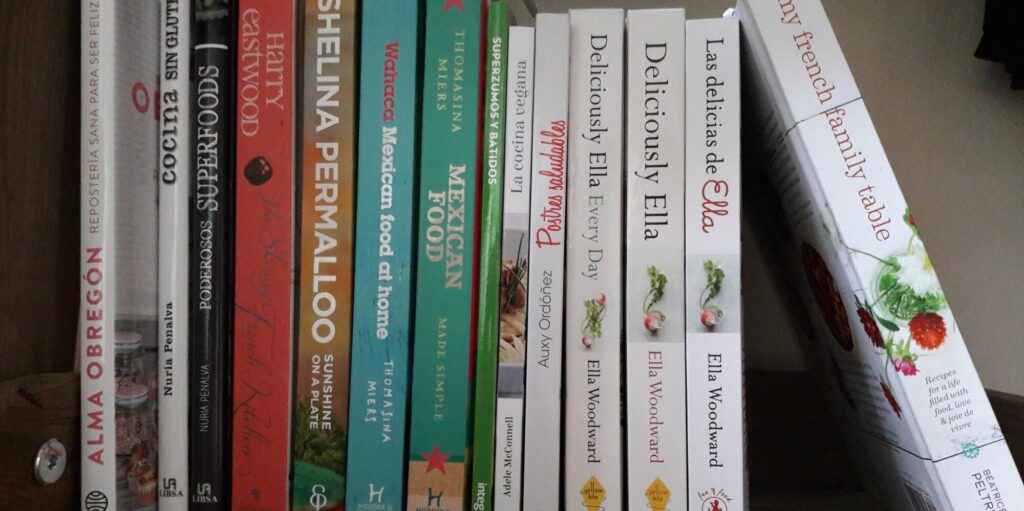Testimonials
Second-to-none reading skills in English:
“I think this is the first time that someone understands this sentence properly and, above all, translates it well, including the sense, the tone, everything”. (R. Llopis, culinary translation tutor)
Ability to improve the fluency of a text:
“This is brilliant, thank you soooo much. I think all the alterations you made are perfect and make it read much better”. (G. du Pré, interpreter at Salisbury Cathedral)
Editing, proofreading… what’s the difference?

Bilingual translation editing
Comparing the translated text against the original to check its accuracy and adequacy. Accuracy is accurate translation of concepts and messages. Adequacy is the suitability of tone, jargon and style for the user in mind.
Editing services are charged by the hour. The time it will take depends on the quality of the translation and, with some texts full of figures, for example, the extra attention to detail needed.
Need bilingual proofreading of a book or a marketing text? Get a quote.
NOTE: the text to be proofread must have been written or translated by a native Spanish speaker.

Monolingual translation proofreading
Revising the Spanish translated text as a standalone to improve readability. For example, we eliminate spelling, grammar, punctuation, typing and layout slips and improve punctuation to make it flow better.
Proofreading is charged by the hour. The time it will take depends on the quality of the translation. Have a Spanish translation for publication that needs to be proofread, such as copy for your website? Get a quote.
NOTE: the text to be proofread must have been written or translated by a native Spanish speaker.

Professional proofreading
I recently trained in professional book proofreading, known as “corrección de pruebas” in Spanish and, in particular, in language proofreading. In rough terms, it involves checking all the language norms have been adhered to (grammar, punctuation…) and style marks (bold, italics, highlighting) and other visuals (photo resolution, photo footers, columns, column headers, tables, table headings, footnotes, etc.) are used consistently and clearly. Errors and inconsistencies are highlighted to the typesetter, who implements the changes, ending with a final text that is easy and a pleasure to read.
Have a Spanish book or another Spanish text for publication that needs professional proofreading, say an article for a magazine?